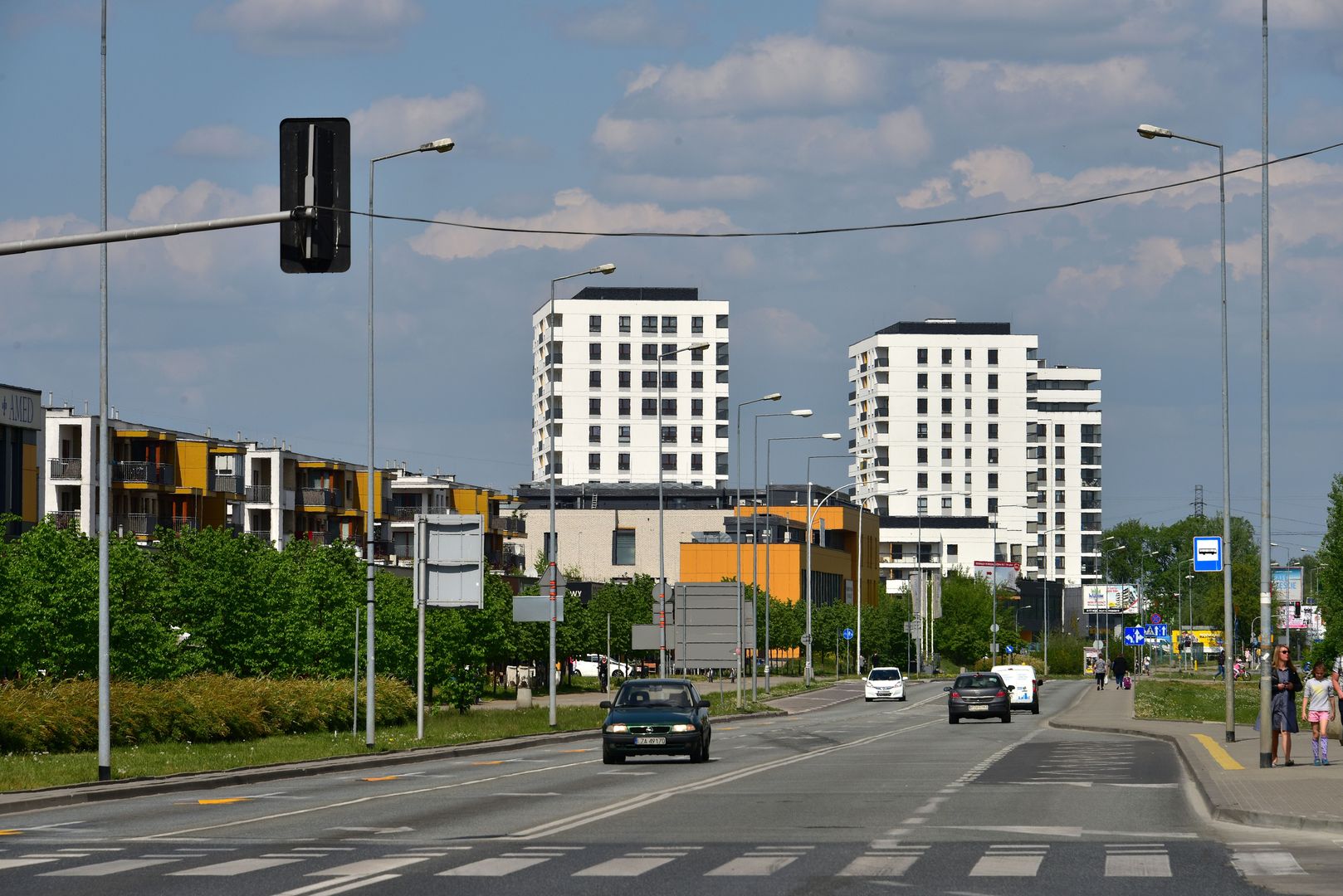St. Vincent Street in Warsaw
6.22

Overview
Saint Vincent Street in Warsaw, located in the Targówek district, stretches from Żaba Roundabout to the intersection with Malborska Street, with an extension in the form of Głębocka Street. Its history dates back to the 15th century, when it was a route connecting Praga with Nieporęt. In the 19th century, the street, previously known as Bródnowska Road, began to take on urban characteristics, mainly due to the opening of the Bródno Cemetery in 1884. This transformation led to the establishment of numerous stonemason workshops and commercial enterprises in the area, which in turn contributed to the development of local folklore. The street witnessed many important historical events, such as a bombing in 1939 and the dark times of the occupation, when numerous executions took place during the Warsaw Uprising. After the war, its name was changed, and its original character underwent significant alterations, including infrastructural transformations associated with communist urbanization. In the 1970s, modern apartment blocks were built along the street, and later, as a result of further changes, sections of the street were separated, creating a continuous route to Białołęka. Architecturally, the street is notable for its houses from the turn of the 19th and 20th centuries, as well as modern housing estates. It is also known for various landmarks, such as the Bródno Cemetery, the Jewish cemetery, and the Targówek District Office. It is worth mentioning that in the past, the adjacent areas had a rural character with inns and a shooting range, which today contrasts with the urban landscape of modern blocks and services. An interesting fact is the restaurant "Krańcowa," known for the consolations held there. Saint Vincent Street is thus an example of the evolution it has undergone over the centuries, from a rural road to an urban thoroughfare, forming an important part of Warsaw.
Location
Tickets
Powered by GetYourGuide
2025 Wizytor | All Rights Reserved